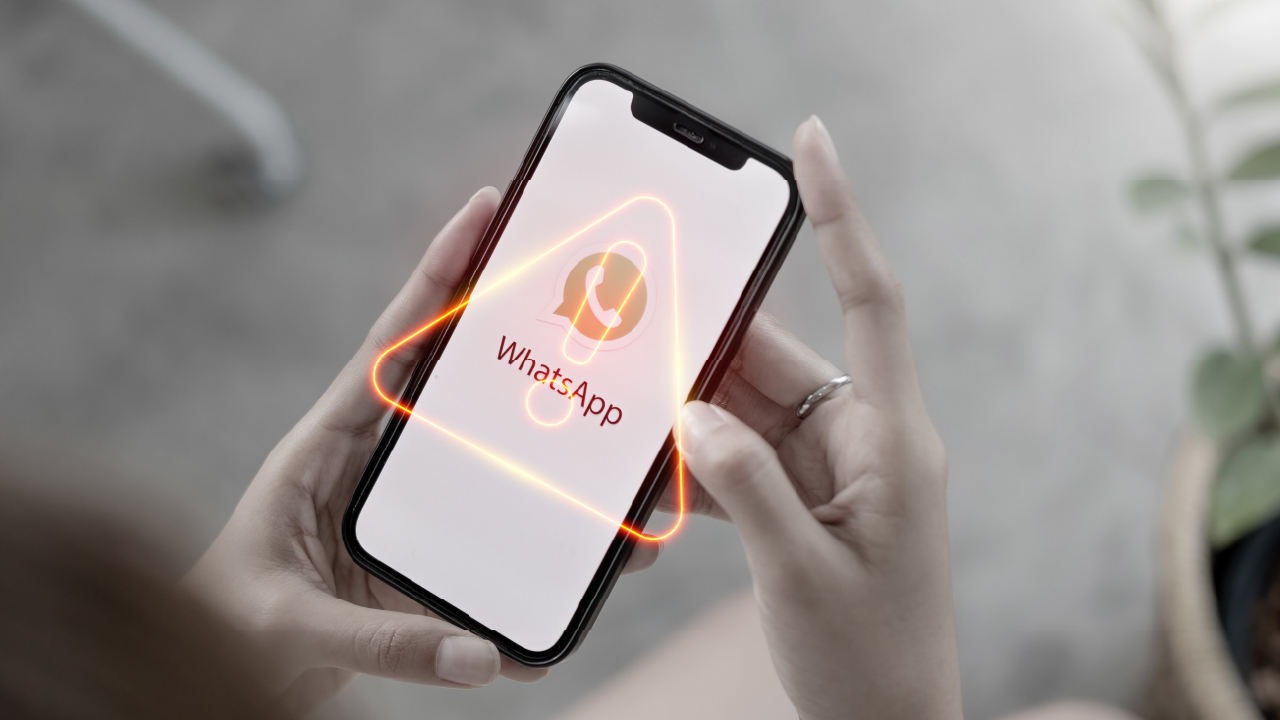What is App Fingerprinting -- and Why Your Encrypted Apps Still Aren't Invisible
You might assume that as long as your apps encrypt their content, no one can tell what you're doing. But there’s a hidden side-channel at work: app fingerprinting. Even when the words you send are private, the way your app communicates often betrays its identity — and that’s enough for savvy adversaries to make surprisingly detailed inferences about your behaviors.
The Invisible Signature in Your Traffic
Every app has a characteristic “behavior” in how it talks to servers. Things like packet size, timing between messages, handshake patterns, and even the endpoints it reaches can form a kind of traffic signature. Because these traits leak through even encrypted channels (like TLS/SSL), a passive observer can often recognize which app is in use — without ever reading a single message.
Think of it like hearing someone’s footsteps in a hallway. You don’t know what they said, but you can tell who’s walking by their stride, timing, and gait.
Researchers have shown just how feasible this is: in the paper Robust Smartphone App Identification Via Encrypted Network Traffic Analysis, researchers fingerprinted 110 popular apps, and even six months later could recognize them with up to 96% accuracy, purely by observing metadata like packet size and direction, not content. (arXiv)
Another study, Targeted Privacy Attacks by Fingerprinting Mobile Apps in LTE, demonstrates how adversaries with pre-trained fingerprints can distinguish between app types (VoIP, streaming, file transfer) over cellular networks. (sefcom.asu.edu)
So encryption is not magic: the metadata streams still carry a distinctive echo of your activity.
A Day in the Life: When Fingerprinting Meets Business Behavior
Let’s imagine an entrepreneur operating a consulting business. She relies heavily on three apps during a typical workday:
- WhatsApp for client communications
- Zoom for video consultations
- Dropbox to upload and sync reports
Even though all her apps use end-to-end encryption, her traffic behaves differently in each scenario:
- In the early morning, her device sends a steady drip of small packets (messages) to WhatsApp servers.
- Around midday, she jumps into Zoom video calls, producing continuous, high-bandwidth, bidirectional traffic.
- Later in the afternoon, Dropbox sync triggers large bursts of upload activity.
An observer who’s been monitoring network traffic might see these distinct “signatures” emerge repeatedly. Over a week or two, they notice:
- WhatsApp use peaks between 8 AM and 11 AM
- Zoom data surges at lunch
- Dropbox uploads always happen between 4 PM and 6 PM
Even without decrypting anything, that pattern forms a profile: when Ana is working, when she’s collaborating, and when she’s filing reports. They now “know” her work rhythm, which apps she uses for which tasks, and when her business is most active.
Why This Matters for Entrepreneurs
If you run a business from mobile devices, app fingerprinting poses a subtle but serious risk:
- Behavioral profiling: Observers can deduce when you’re busiest, when you’re idle, and which apps are central to your operations.
- Competitive insight: Repeated patterns might hint at client meetings, negotiations, or file transfers in your workflow.
- Targeted attacks: Armed with timing and app usage intel, attackers can orchestrate phishing or spoofed messages on platforms they know you use and when you’re likely to be active.
- Cross-referencing: Fingerprint data combined with other sources (IP ranges, device IDs) can correlate your activity across networks or devices.
And since fingerprinting doesn’t require breaking encryption, it’s far more efficient and subtle than brute-force attacks.
Why So Many Apps Can Be Fingerprinted — Even Those You Trust
What makes app fingerprinting so powerful is how consistent our favorite apps are in how they “behave” online. Each one — whether it’s WhatsApp, Zoom, or Dropbox — connects to specific servers, sends data in predictable bursts, and follows routines that rarely change.
Researchers have shown that these invisible patterns are surprisingly easy to recognize. In one large study, analysts could identify more than a hundred popular smartphone apps with over 90% accuracy, just by observing the size and timing of encrypted network traffic — not the content itself (arXiv).
Even apps that market themselves as private or secure can still have unique footprints because of how they sync data, send notifications, or communicate with third-party services. Over time, these traits combine into a digital “signature” that’s as distinctive as a fingerprint.
The takeaway: encryption keeps your messages hidden, but your apps still announce their presence in subtle, consistent ways — and those clues can be enough to identify what you’re doing online.
But Doesn’t a VPN Help Obscure This?
A common misconception is that a VPN solves app fingerprinting. While a VPN hides your real IP address and conceals the final destination from your ISP, it doesn’t hide the traffic characteristics themselves — the packet timing, directional flows, and handshake properties still leak through the encrypted tunnel.
Indeed, research into website fingerprinting has found that encrypted VPN traffic remains just as susceptible to classification attacks as unprotected HTTPS traffic. In one study, machine learning were able to correctly identify which websites users visited through a VPN about 95% of the time – proving that VPN encryption doesn’t fully hide your digital activity. (hajim.rochester.edu)
So while a VPN can raise the bar slightly, it doesn’t erase the unique signature of your app traffic.
What You Can Do About It
App fingerprinting is a nuanced, powerful threat — but it’s not unsolvable. Here are strategies being built into next-generation privacy tools:
- Traffic obfuscation: Padding, delaying, or reshaping packet flows so they all look uniform
- Route diversity and randomness: Avoid static paths or endpoints that make fingerprints stable
- Dynamic meta-encryption: Encrypt not just payloads, but handshake metadata and transport traits
- Decentralized networks: Remove central points of visibility, so no single observer sees the full pattern
The future of privacy isn’t merely hiding what you say — it’s making your network voice indistinguishable from silence.

 What is App Fingerprinting -- and Why Your Encrypted Apps Still Aren't Invisible">
What is App Fingerprinting -- and Why Your Encrypted Apps Still Aren't Invisible">





Leave a Reply
Your email address will not be published.*